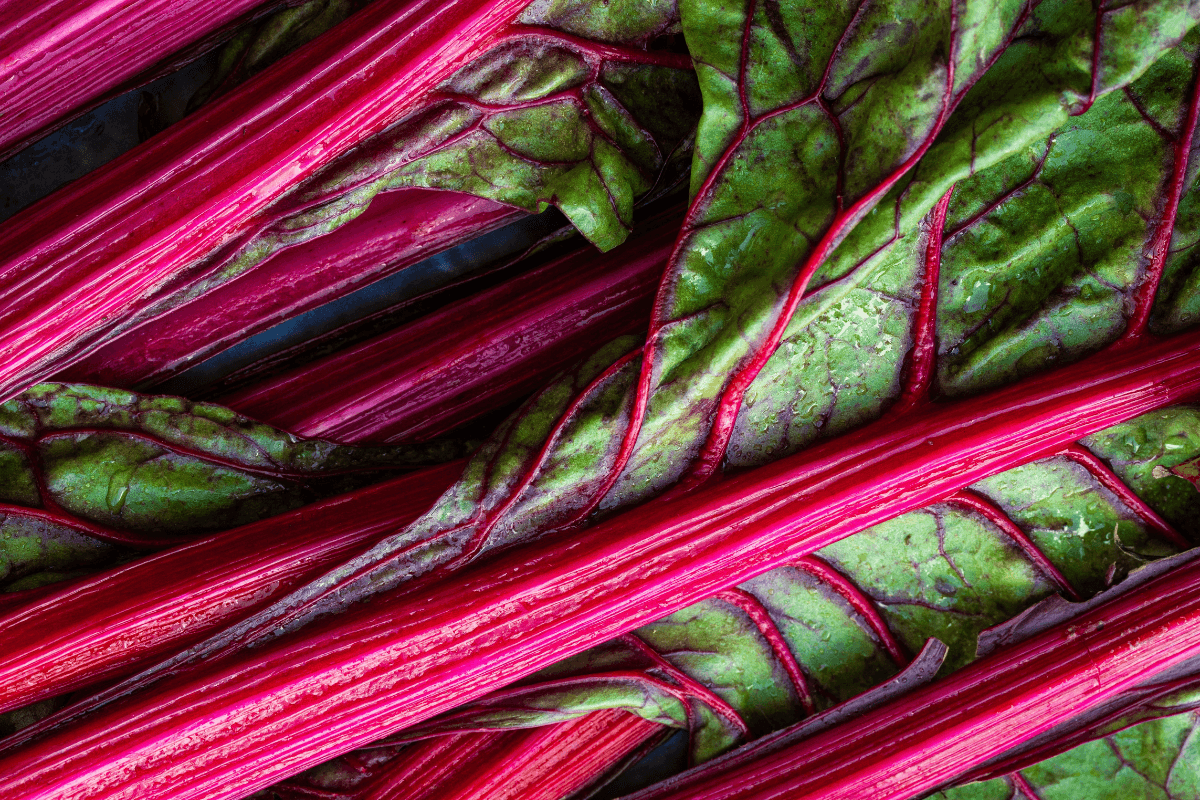A.K.A. Chinese Rhubarb, Da Huang, Turkey Rhubarb
Originating from northwest China and Tibet, Rhubarb has been used in medicine for more than 2,000 years. Its use gradually spread through India, reaching Europe during the Renaissance overland via Asia Minor. Hence the common name, Turkey rhubarb. The plant was a favorite remedy with early Persian and Arabian physicians. The Rhubarb grown for cooking and eating is usually r. Rhabarbarum, an 18th-century cultivar.
Rhubarb was imported from Europe to treat constipation, where its use as a laxative was the standard. Experience taught me that due to Rhubarb’s powerful action as a laxative, the amounts used should be carefully monitored and avoided by those with old intestinal problems, such as colitis. In China, it is the root known as Da Huang, which means “big yellow” which is the color of Rhubarb’s tinctures and decoctions.
Survival Garden Seeds – Victoria Rhubarb Seed for Planting – Get Yours Here.
Rhubarb’s effectiveness is controlled by the amount taken. When taken in small doses, it has a tonic effect as a blood builder and blood cleanser. Rhubarb can be used as a treatment for chronic blood diseases. It increases salivary and gastric flow, improves appetite, and cleanses the liver by encouraging bile flow. Its cleansing action, encourages the healing process of duodenal ulcers and enhances gallbladder function.
In large doses, Rhubarb can be used for emptying the bowels thoroughly. Rhubarb supports the colon as a laxative in constipation and as an astringent in case of diarrhea. The A-factors (anthraquinones) of this herb differ somewhat from those of Cascara Sagrada. Only some of them reach the large intestines intact, while others are re-absorbed in the small intestine, and later released into the large intestine.
How Long Does Rhubard Take To Absorb?
The timing of the absorption of Rhubarb is thus displaced to some degree from other popular laxative agents, thereby promoting longer and smoother activity of the whole. It should be noted that consumption of Rhubarb Root may color the urine yellow or red, but this is not concerning. It acts as an aperient and astringent, but only in small doses. In large amounts, Rhubarb Root is used for relief from constipation, whereas small amounts of the herb are used for diarrhea. Rhubarb is also helpful in preventing and eliminating hemorrhoids.
The primary chemical constituents of Rhubarb include anthraquinones, chrysophanol, emodin, physcion, sennidine, rheidine, palmmidine, tannins, catechin, gallic acid, oxalic acid, rutin, phytosterol, and calcium oxalate. It is the anthraquinones that contribute to the laxative and purgative properties of Rhubarb, yet the tannin content helps balance those properties and even stops diarrhea. Chinese research is investigating Rhubarb’s ability to possibly inhibit cancer cells.
Note:
It is generally considered a mild laxative that produces a soft stool six to ten hours after ingestion. Rhubarb is especially well suited for children since it is very mild in action.
Uses:
Amenorrhea, Anemia, Boils, Constipation, Diarrhea, Digestion Aid, Dysentery, Dysmenorrhea, Gallbladder, Headaches, Hemorrhages (internal), Hepatitis, Jaundice, Liver Problems, Menstruation (promotes), Skin Eruptions (boils/pustules), Stomach, Ulcers (duodenal), Worms (ring/pin/thread)
Contraindications:
This product is not recommended during pregnancy, or while breastfeeding as it can loosen the infant’s bowels. Do not use it when the colon is already empty or the astringent properties may cause colon discomfort. Using Rhubarb Root may temporarily cause the urine to appear yellow or red, but this is a common occurrence and no cause for alarm. Do not take rhubarb or any other stimulant laxative if you take Lasix (furosemide); the combination can lead to potassium depletion.
Linking Rhubarb to TheHerbProf.com
Rhubarb is a unique plant with a variety of health benefits, and at TheHerbProf.com, we’re all about exploring these benefits! Here’s how our website and this subject harmonize:
- Rhubarb Revelations: We provide comprehensive information about rhubarb, its medicinal properties, and its uses in herbal medicine.
- Herbal Highlights: Our site offers insights into how rhubarb can be incorporated into your herbal regimen.
- Culinary Creations: We share delicious recipes that showcase the versatility of rhubarb in cooking.
- Health and Wellness: Our focus is on promoting overall health and wellness, and rhubarb plays a crucial role in this.
- Community Connection: Connect with others who are passionate about rhubarb and share your experiences.
So, whether you’re a rhubarb enthusiast or just starting your herbal journey, TheHerbProf.com is your trusted guide. Remember, stay curious and stay healthy!
References:
Little Herb Encyclopedia, by Jack Ritchason; N.D., Woodland Publishing Incorporated, 1995
The Ultimate Healing System, Course Manual, Copyright 1985, Don Lepore
Planetary Herbology, Michael Tierra, C.A., N.D., Lotus Press, 1988
Handbook of Medicinal Herbs, by James A. Duke, Pub. CRP Second Edition 2007
The Complete Medicinal Herbal, by Penelope Ody, Published by Dorling Kindersley

